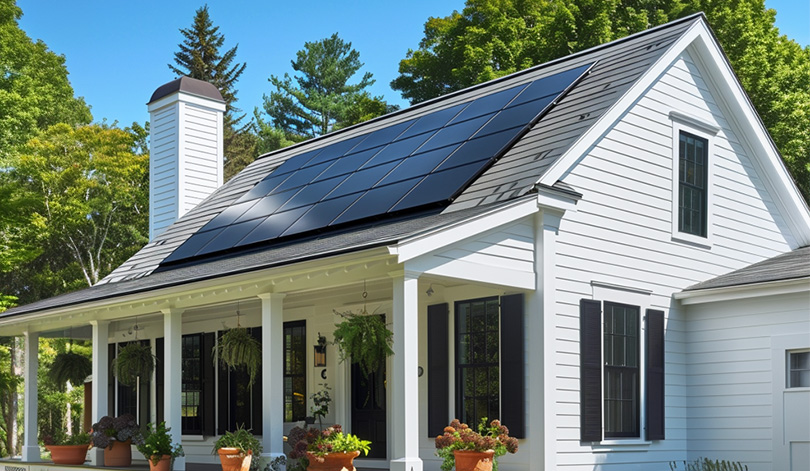What You Need to Know About Solar Leases in 2024 – EnergySage Blog
If you don’t want to purchase your solar panel system upfront with cash, you have a few options besides solar leases. Here’s how solar leases stack up against the two other standard solar financing methods:
Solar leases vs. power purchase agreements
You’ve probably heard solar leases and power purchase agreements (PPAs) used interchangeably and for good reason! These two financing options are very similar. The critical difference is that with a solar lease, you’ll have a fixed monthly payment, whereas with a solar PPA, you’ll purchase the power generated by your system at a fixed price per kilowatt-hour (kWh).
What does that mean for you? Essentially, the key difference between a solar lease and a PPA is that with a solar lease, your monthly payments are predictable and stay the same over the lifetime of your contract. With a PPA, your monthly payment will vary every month depending on how much electricity you use. So if having a consistent payment each month is more helpful for your budget, a lease makes more sense for you than a PPA.
Solar leases vs. solar loans
Solar leases and solar loans are similar in many ways: most loans and leases these days offer zero down payment options, which means you don’t need to have thousands of dollars saved up to go solar. They both involve no or minimal money needed upfront and monthly payments, but the key difference is ownership: with a solar lease, you don’t own your solar panels, and you miss out on the most valuable tax incentive you can claim for solar going, which is the federal solar tax credit.
Plus, most solar loans are paid off in five to 15 years, while the typical solar lease is around 20 years long.
Owning your panels with a solar loan means that you can take advantage of rebates and incentives upon installation. With a solar lease, the system’s owner is the solar company, so they receive financial incentives instead. For this reason (and others), lifetime savings with a solar loan are usually higher than those with a solar lease.
If you choose a solar lease or PPA, the leasing company owns the PV system and typically will offer a service program to cover any maintenance issues that arise during the lease term. However, solar leasing companies often drag their feet or can be hard to get ahold of if you need any repairs or maintenance, which can cause headaches for you as a homeowner. If you take out a solar loan to purchase your PV system, you will be responsible for its maintenance. In either case, solar is a generally low-maintenance power source, and the equipment you buy with your solar loan should have warranties that range from 10 to 25 years.
Monthly payments differ slightly between leases and loans. In a loan agreement, you usually have a fixed monthly amount due. With solar leases, payments typically increase over time (generally around 1-3% annually). An annual escalator is another essential thing to look out for in a solar lease. These are becoming less common, but if included, they will increase your monthly payment by a preset rate over your term length (typically 1-5% each year).


